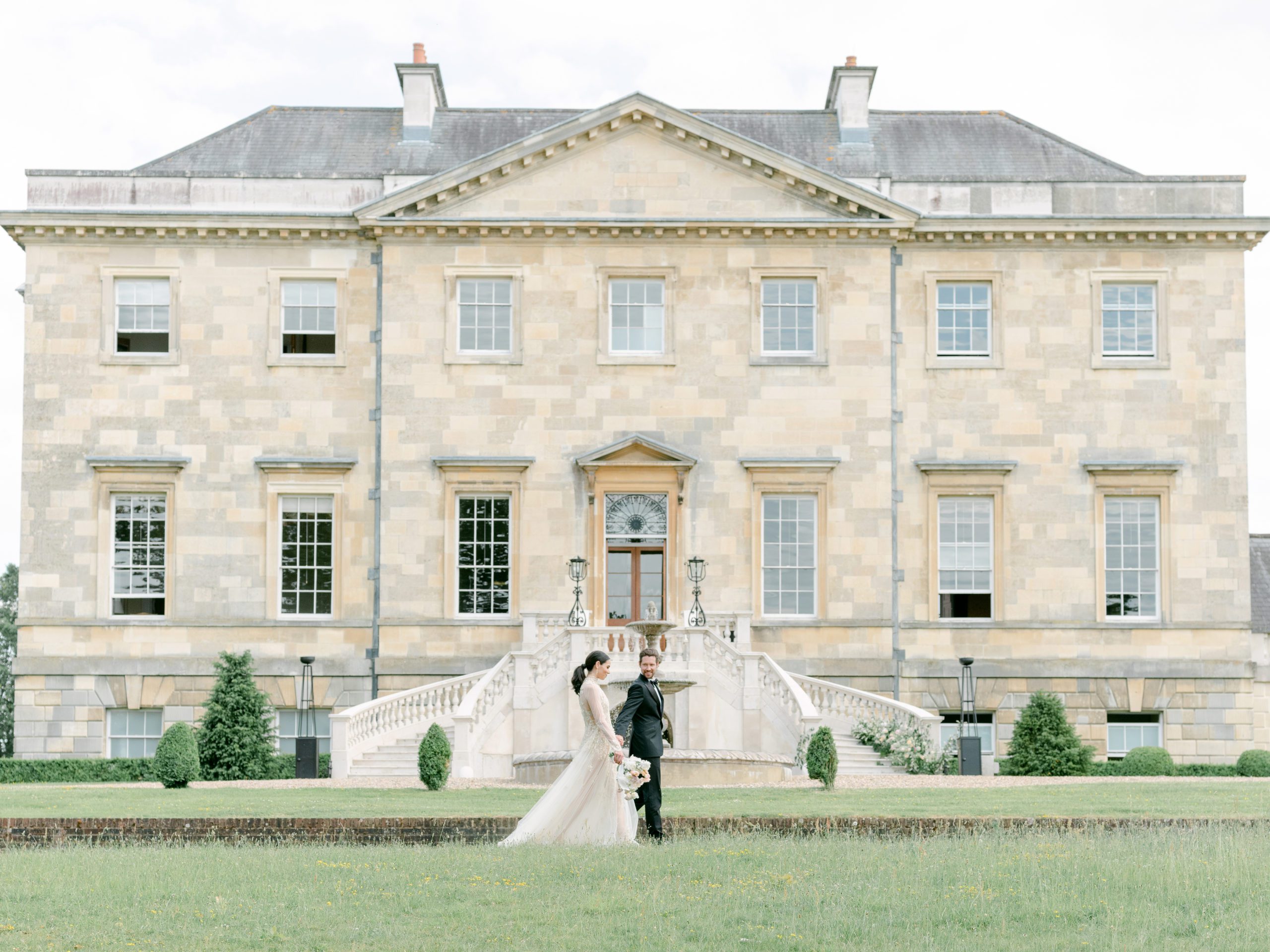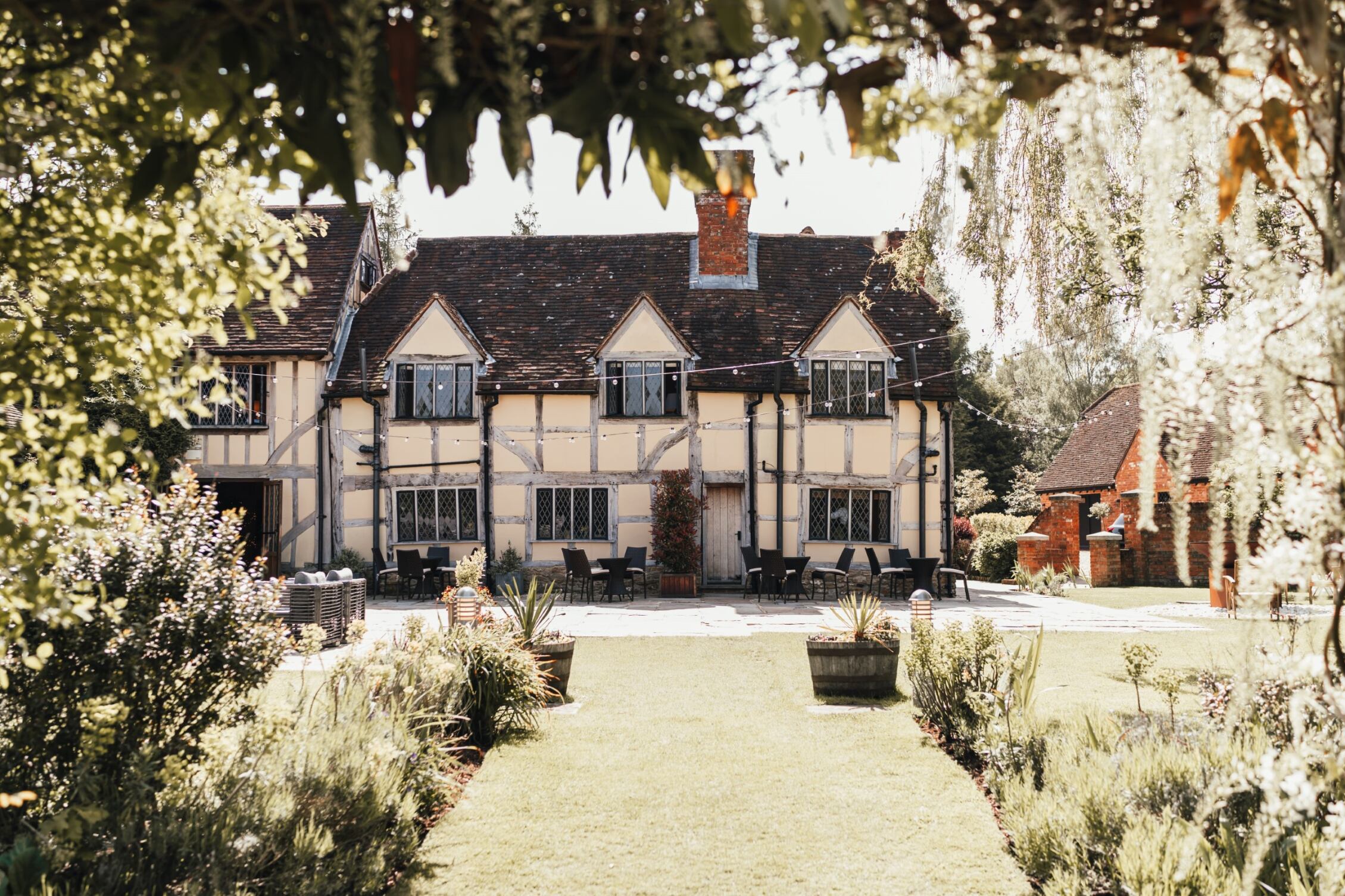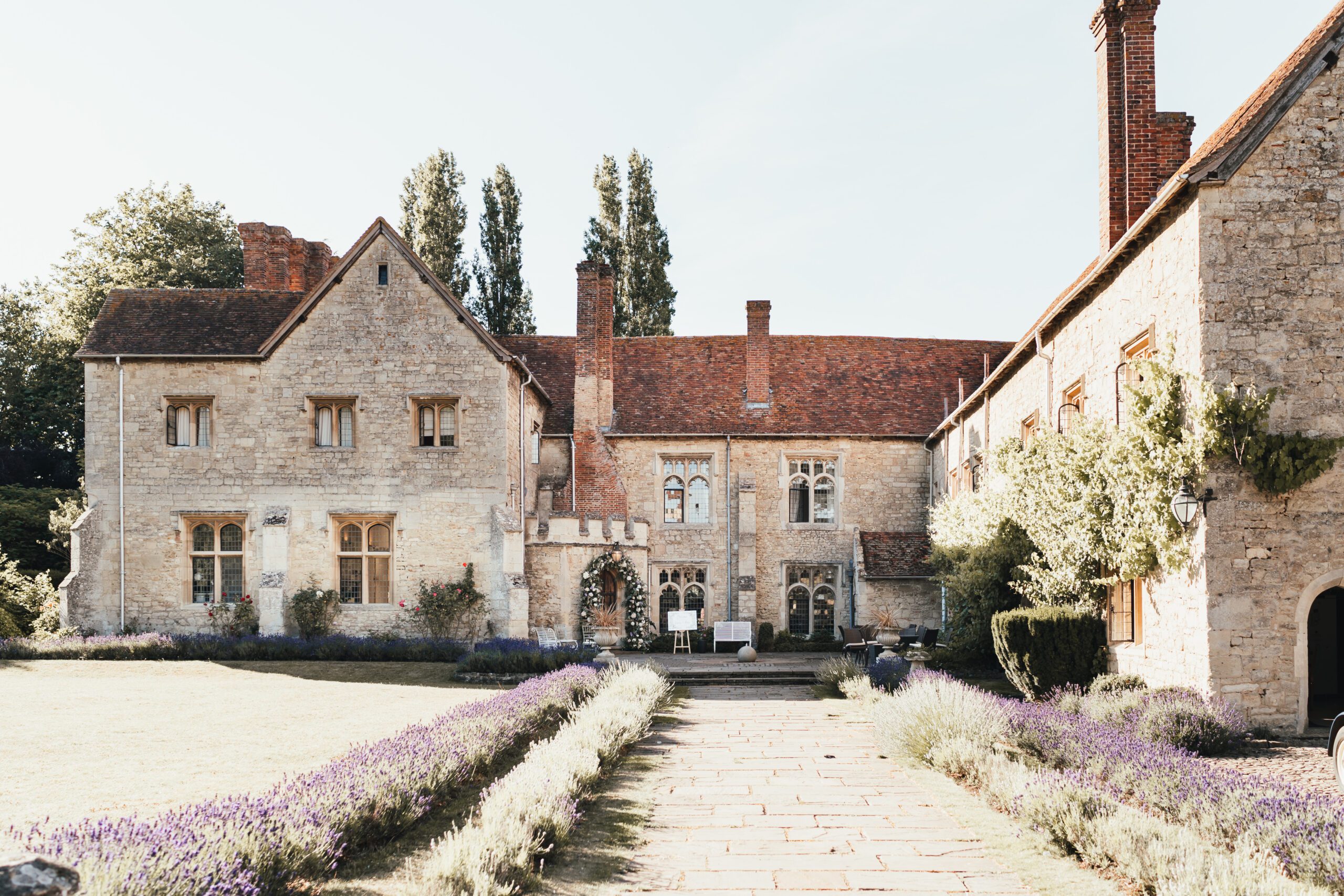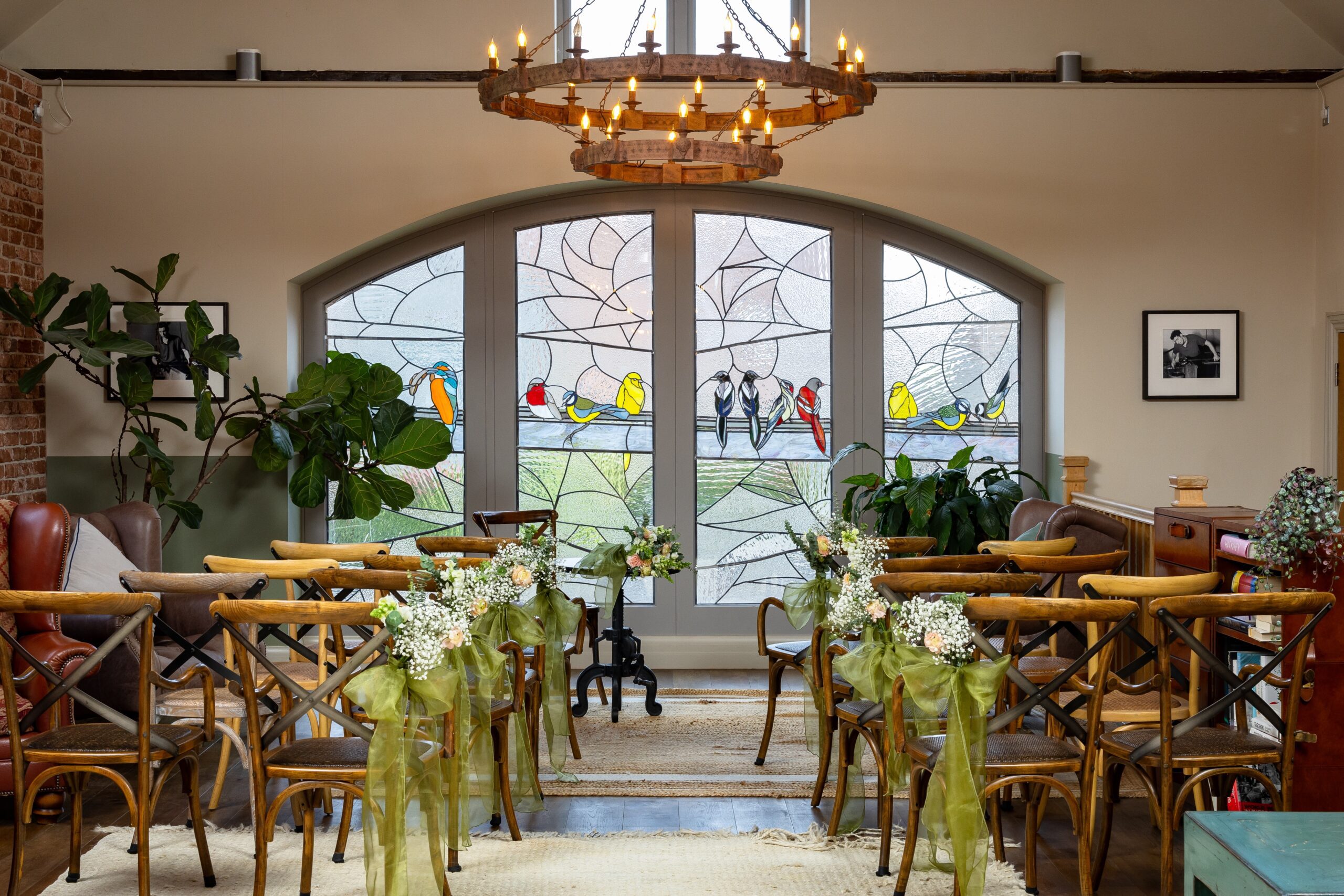The measurement of a diamond is considered in weight rather than size and this is referred to as its Carat. A metric ‘carat’ is defined as 200 milligrams and can be subdivided into 100 points to allow very precise measurements.
When there is more than one diamond, such as in a cluster or trilogy ring, the stones are weighed collectively.
Whilst carat weight can sometimes be prioritised over colour and clarity or vice versa, the one C that shouldn’t be compromised is Cut.
The cut of a diamond refers to two things, the first being the shape of the diamond. This could be either a round, brilliant cut diamond or a ‘fancy cut’ diamond, referring to any cut that isn’t round.
The cut of a diamond also refers to the precise positioning of a diamond’s facets. It is the most important factor in determining how brilliant a diamond is and how much fire it has. A well-cut diamond will appear very clear and fiery, whilst poorly cut stones will seem dull and lifeless in comparison, regardless of high colour and clarity.
Gem quality diamonds are graded starting from D colour and range from colourless to light yellow. In 1953, the Gemological Institute of America introduced the colour grading scale of D to Z, which is now the industry standard. At the time there were several other grading systems using numbers, or letters such as AAA-A, B and C. Therefore, D was chosen as the highest colour grade in order to avoid confusion and differentiate from other systems.
No two diamonds are the same and each diamond can be identified by their internal characteristics, known as inclusions, and their external characteristics, known as blemishes or by the lack thereof. Diamonds without inclusions and blemishes, otherwise known as flawless diamonds are very rare and prohibitively expensive. Clarity grades generally range from ‘internally flawless’ (IF), to the more commonly acquired ‘very very slight’ (VVS) or ‘very slight’ (VS), and finally to the less perfect (but more affordable) ‘slightly included’ (SI) or ‘included’ (I).
If you plan on proposing in the near future then it might be worth shopping around to see what type of ring you’d like to buy and how much you can afford to spend. At the same time, you should also see how much the matching wedding band costs, if the engagement ring that you choose comes with a matching wedding ring.
Once you’ve purchased an engagement ring, be sure to keep it in a safe place, so that it’s ready for the big moment. If you plan on proposing abroad then be sure to keep the ring on you as opposed to putting it in your suitcase, just in case anything unfortunate were to happy with lost luggage.
We would also advise purchasing wedding insurance as soon as you start spending money on your wedding, just to be on the safe side. After your engagement the fun of planning your wedding will start, from choosing the perfect wedding venue to setting the date and so much more!





